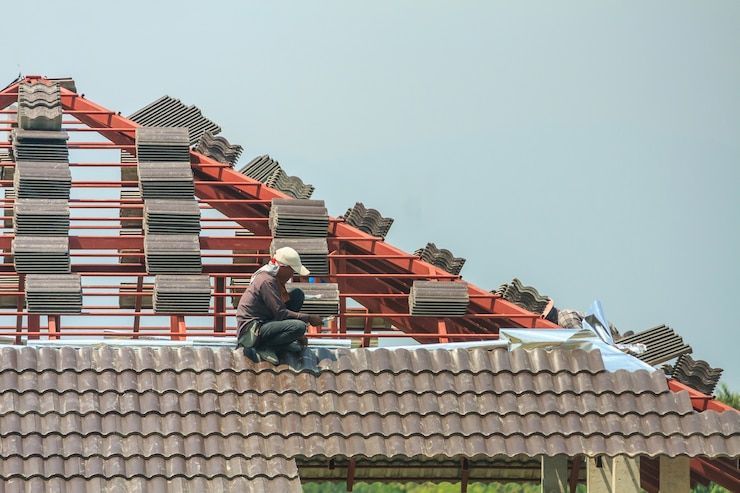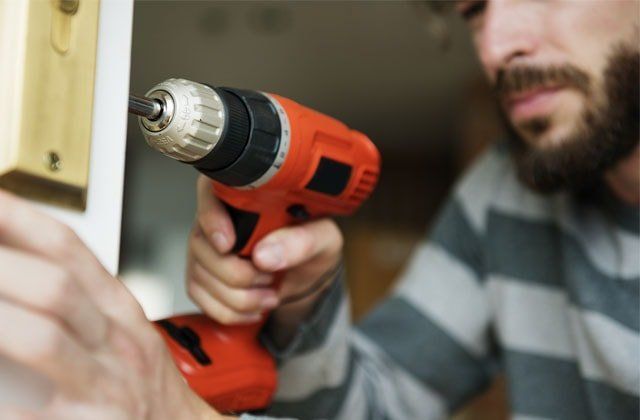Blog
Blog

By Paul Whitehead
•
March 27, 2024
Embarking on a cross-country adventure in your RV is an exhilarating experience, but unexpected breakdowns can quickly turn the excitement into stress. That's where mobile RV repair services come to the rescue, providing on-the-go solutions to keep your rolling home on the road. In this comprehensive guide, we'll delve into the world of mobile RV repair, exploring the benefits, common services offered, and tips for choosing the right service provider.

By Heather Gregory
•
February 23, 2024
A roof is one of the most critical components of a home, providing shelter and protection against the elements. Over time, however, roofs can deteriorate due to various factors such as weather conditions, age, and wear and tear. When signs of damage become evident, it may be time to consider roof replacement. In this article, we will explore the importance of roof replacement , the signs that indicate it's necessary, the materials available, and the benefits of investing in a new roof.

By Heather Gregory
•
February 5, 2024
A solid and functional roof is the cornerstone of any secure and comfortable home. Over time, however, roofs undergo wear and tear due to exposure to the elements, leading to the need for roof replacement . Whether prompted by age, damage, or a desire for an aesthetic upgrade, the decision to replace a roof is a significant one that involves careful consideration of various factors. In this comprehensive guide, we will explore the intricacies of roof replacement, from signs that indicate it's time for a new roof to the materials, costs, and the process of getting the job done.

By Paul Whitehead
•
December 27, 2023
Your roof is more than just a layer of shingles; it's the barrier that protects your home from the elements and keeps you and your belongings safe. Over time, however, even the sturdiest roof will succumb to wear and tear, necessitating a replacement. Knowing when to replace your roof and understanding the process involved can help you make informed decisions and ensure a smooth and successful project. Signs It's Time for a New Roof Several signs indicate that your roof may need replacement: Visible damage: Look for missing, cracked, or curled shingles, as well as areas of exposed underlayment. Leaks: Even minor leaks can indicate a more significant issue underneath. Sagging or bulging: This can be a sign of structural damage requiring immediate attention. Excessive granules in gutters: This suggests significant shingle wear and tear. Age: Asphalt shingle roofs typically last 20-25 years, while other materials like metal or slate can last longer. If your roof is nearing the end of its lifespan, it's wise to start planning for replacement. Choosing the Right Roofing Material The type of roofing material you choose will significantly impact the cost, aesthetics, and lifespan of your roof. Here are some popular options: Asphalt shingles: The most affordable and commonly used option, offering a wide range of styles and colors. Metal roofing: Durable and long-lasting, with excellent resistance to fire, wind, and hail. However, it can be more expensive than asphalt shingles. Concrete tiles: Extremely durable and long-lasting, but also heavy and expensive. Clay tiles: Beautiful and long-lasting, but also heavy and require specialized installation. Slate: A luxurious and long-lasting option, but very expensive and requires specialized installation. The Roof Replacement Process The typical roof replacement process involves the following steps: Inspection and consultation: A qualified roofer will inspect your existing roof and discuss your options for replacement. Permits and approvals: Obtain any necessary permits from your local government. Material selection: Choose the type of roofing material that best suits your needs and budget. Tear-off: Removal of the existing roofing materials. Underlayment installation: Installation of a new underlayment to protect the roof deck. Roofing installation: Installation of the new roofing material. Flashing installation: Installation of flashing around vents, chimneys, and other roof penetrations to prevent leaks. Clean-up and inspection: Removal of debris and a final inspection to ensure the roof is installed correctly. Costs and Financing Options The cost of a roof replacement can vary depending on several factors, including the size and complexity of your roof, the type of roofing material you choose, labor costs in your area, and the removal of existing materials. Here's a general breakdown of costs: Materials: $4.25 to $39.70 per square foot Labor: $2.50 to $6.00 per square foot Permits and fees: $100 to $500 Dumpster rental: $300 to $500 Financing options are available to help with the cost of a roof replacement, such as home equity loans, lines of credit, and special financing programs offered by roofing contractors. Tips for a Smooth Roof Replacement Project Get multiple bids: Compare quotes from at least three qualified roofers before making a decision. Check references: Ask for references and follow up with them to get feedback on the contractor's work. Read the contract carefully: Ensure you understand all the terms and conditions before signing anything. Be prepared for noise and disruption: The roof replacement process can be noisy and disruptive. Be prepared to make alternative arrangements for pets and children during the project. Stay informed: Communicate regularly with your contractor and ask questions if anything is unclear. By understanding the signs of a failing roof, choosing the right materials, and planning your project carefully, you can ensure a successful roof replacement that protects your home and investment for years to come.
© 2025
All Rights Reserved | Mister RV Service




